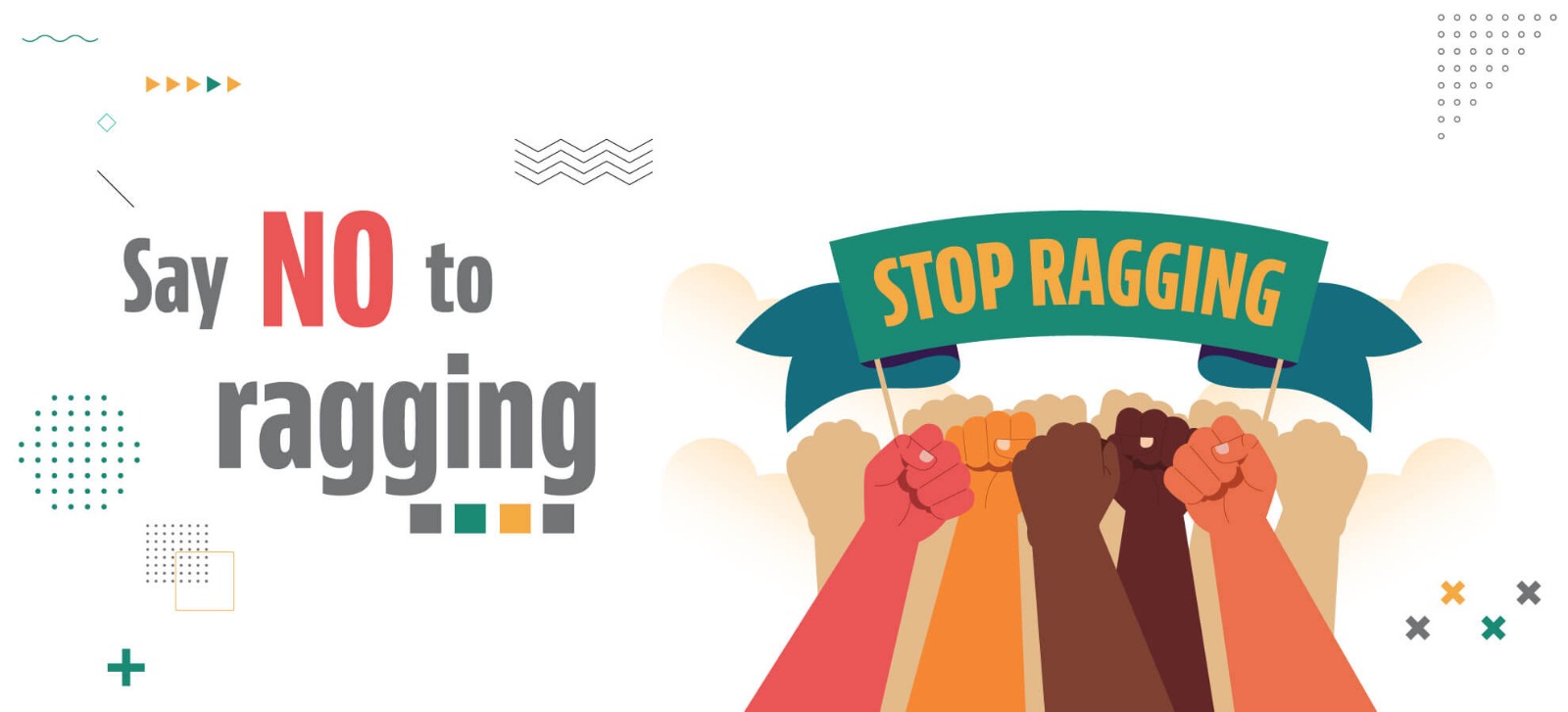Introduction:
Ragging, a form of harassment and abuse, has long plagued educational institutions across the globe. It involves the mistreatment, humiliation, and sometimes physical harm of students, often perpetrated by seniors or peers. Ragging not only undermines the principles of education but also poses serious psychological, emotional, and physical risks to the victims. To foster safe and inclusive learning environments, it is crucial for educational institutions to implement preventive measures that curb ragging and promote a culture of respect and empathy. In this article, we will explore several effective strategies for preventing ragging in all types of educational institutions.
1. Awareness Campaigns:
Creating awareness about the consequences and negative impacts of ragging is essential. Educational institutions should organize regular awareness campaigns, workshops, and seminars for both new and existing students. These initiatives can educate students about the legal implications of ragging, the rights of victims, and encourage them to report incidents without fear of reprisal. Additionally, interactive sessions with professionals, counselors, and former victims can help sensitize students and foster empathy.
2. Strict Anti-Ragging Policies:
Instituting and strictly enforcing anti-ragging policies is crucial to deter potential perpetrators. Educational institutions should develop comprehensive and explicit guidelines that explicitly state the consequences of engaging in ragging activities. These policies should be prominently displayed throughout the campus and communicated to students and staff through handbooks, orientations, and online platforms. Additionally, institutions should establish dedicated committees to investigate and address ragging complaints promptly and effectively.
3. Peer Mentorship Programs:
Implementing peer mentorship programs can provide a supportive network for new students, making their transition into the institution smoother. Senior students can act as mentors, guiding and assisting newcomers, thereby reducing the potential for ragging incidents. These programs foster a sense of camaraderie and promote positive relationships between students, creating a more inclusive and friendly campus environment.
4. Psychological Support Services:
Establishing psychological support services within educational institutions is crucial to address the emotional and mental well-being of students. Victims of ragging often experience trauma, anxiety, and depression. Providing access to professional counselors and support groups can help victims cope with the aftermath of ragging and facilitate their healing process. Additionally, encouraging open communication channels between faculty, staff, and students allows for early identification of potential ragging incidents and intervention.
5. Encouraging Reporting Mechanisms:
Many victims of ragging hesitate to report the incidents due to fear of retaliation or social stigma. Institutions must establish confidential reporting mechanisms that protect the identity of whistleblowers. Anonymous reporting channels, such as dedicated helplines, email addresses, or suggestion boxes, can provide a safe space for victims and witnesses to report incidents without fear of retribution. Timely and confidential investigations into reported incidents demonstrate institutional commitment to eradicating ragging.
6. Legal Awareness and Consequences:
Educational institutions should collaborate with law enforcement agencies to ensure students are aware of the legal consequences of participating in ragging activities. Guest lectures by legal experts can educate students about the legal provisions in place to combat ragging. Strict enforcement of laws, including immediate disciplinary action and legal prosecution against perpetrators, serves as a deterrent and reinforces the seriousness of the issue.
Conclusion:
Preventing ragging requires a collective effort by educational institutions, faculty, staff, and students. By implementing a combination of awareness campaigns, strict anti-ragging policies, peer mentorship programs and psychological support services, educational institutions can create an environment that discourages ragging and promotes respect, empathy, and inclusivity. It is essential to foster a culture where students feel safe, supported, and empowered to report incidents without fear.
Preventing ragging is an ongoing process that requires consistent efforts and proactive measures. Educational institutions should regularly assess the effectiveness of their prevention strategies and make adjustments as needed. Collaboration with parents, alumni, and community organizations can also contribute to creating a safer and more inclusive educational environment.
Ultimately, the eradication of ragging requires a collective commitment from all stakeholders involved. By prioritizing the well-being of students and implementing these preventive measures, educational institutions can take significant steps towards creating a nurturing and inclusive learning environment where every individual can thrive and reach their full potential.

Comments